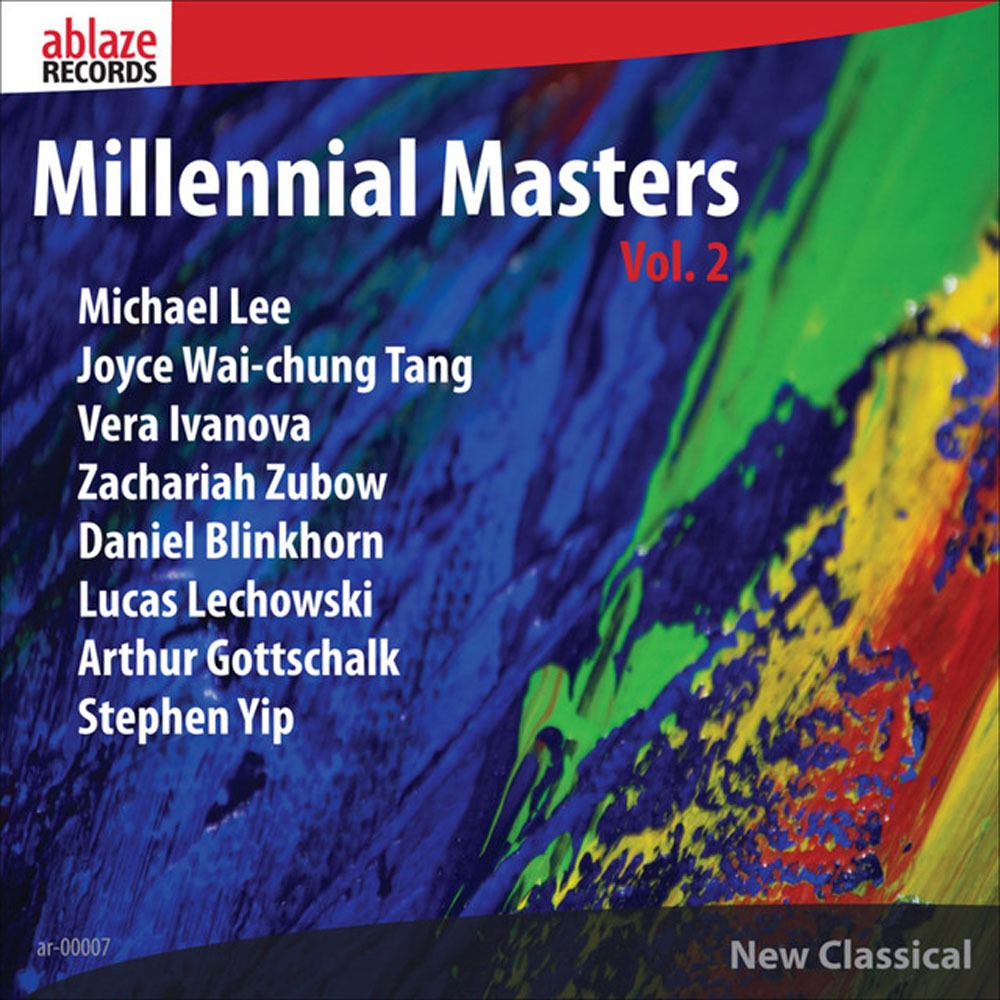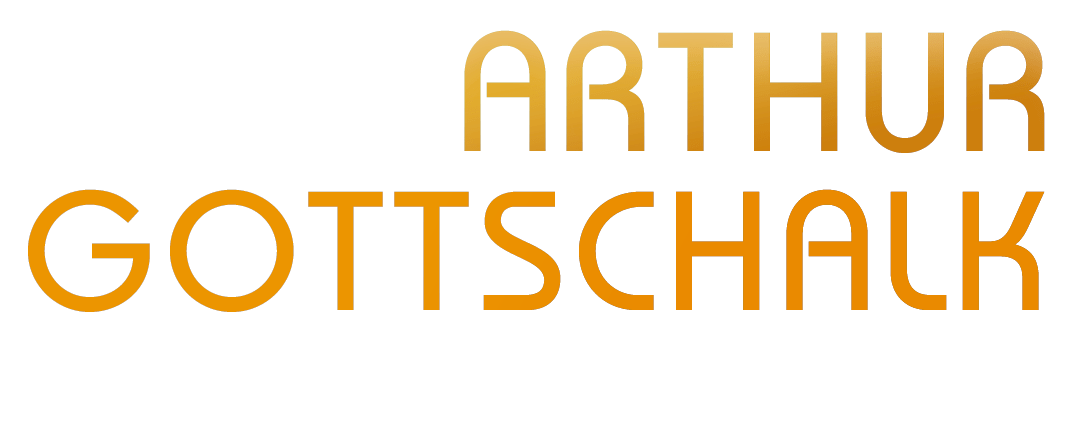
MILLENNIAL MASTERS – VOL. 2
Originally Published By: MusicWeb International
Whether or not these works are worthy of the rather bumptious title of “Millennial Masters” is debatable – for one thing there is not enough music from any of these relatively unknown composers to permit the listener any degree of measured judgement. That said, certainly the works by Korean-American Michael Lee, Hong Kongese Joyce Wai-chung Tang and Stephen Yip and Russian Vera Ivanova all hint at significant talent.
Lee, taught by Samuel Adler – still a faculty member at the Juilliard School well into his eighties – writes in a lightly dissonant, fairly tuneful American style, somewhere between neo-Romantic and neo-Classical. It should appeal to most tastes. Tang’s Aurora is also loosely melodic, though her colourful depiction of the eponymous shimmering lights is necessarily more impressionistic. The Hong Kong New Music Ensemble give an impressive performance. Previously-recorded Vera Ivanova’s passionate Quiet Light for solo violin is another work descriptive of atmospheric light, this time as found in an old Russian Orthodox church, penetrating literally and probably metaphorically into the gloom. Luke Fitzpatrick copes admirably with several highly delicate passages as well as with Ivanova’s violinistic high jinks, which recall Ravel’s Tzigane.
These three works make for a very satisfactory opening triad. The programme course begins to change with Zachariah Zubow’s Nebulae, which makes some use of electronics, adding to the ethereal, other-worldliness of Rebecca Ashe’s now fluttering, now strident flute, as Zubow gives his impression, musical and memorable, of the inside of an interstellar dust-cloud.
Daniel Blinkhorn’s two contributions, however, are only loosely musical. According to the notes his “works often gravitate around a synchronicity of frequency, texture, gesture, space, location and motion” – a logorrheic academic’s way of saying that he writes music – but also that he is “increasingly interested in working at the nexus of environmental sound, electro-acoustic music and acousmatic soundart”. That is what Relatively Loud Tones and Place/Space Threnody are: to most ears, mere blended recordings of random stuff. For the former piece, there are bleeps, shufflings, voices and clips from TV news bulletins, with a superimposed New Age synthesiser track; for the latter, he has spliced together various electronic squeaks, scrunches and drones.
Here is the core of the second problem with the ‘Millennial Masters’ title: even though four of the composers use electronics to greater or lesser degrees, over a decade into the 21st century contemporary art music shows no sign of blazing down a futuristic, ‘millennial’ path based on electronic media that some of these composers, Blinkhorn in particular, seem to have set off along.
Lucas Lechowski’s The Outer Space is also heavily processed, but its swirling sound-cloud has evaporated before it really gets going. The musical element is stronger than in Blinkhorn, and Lechowski commendably plays the violin parts himself. The jury is out on American Arthur Gottschalk, whose modernist Heavy Metal brass quintet sounds as if it might be interesting, but has had digital effects applied that seem to make Heavy Metal sound more futuristic than an acoustic brass quintet ever could. As such there is something of the 1970s Doctor Who soundtrack about it, admittedly a tag that Gottschalk, who has composed TV music, would probably not object to.
The final work is Yip’s Yûgen III, the title derived from an ancient Japanese theatre term, ‘Yu’ representing dark and quiet, ‘Gen’ depth and subtlety. These characteristics are all expressed in Yip’s abstract but rhapsodic music, slightly oriental in colour and expressively performed by the Thelema Trio, bringing the disc to an imaginative end.
Sound quality is good throughout, despite the fact that the original recordings, subsequently remixed by Ablaze, all come from different sources. The booklet provides a fold-outable four sides of notes, and the font is so small that there is plenty to read about the composers, their pieces and the performers. A magnifying glass would come in handy, but the complete notes in bigger print can be read for free on the Ablaze website here. A third volume of Millennial Masters was due for release at the time of writing (May 2012).
– Byzantion
Related Articles
- April 17, 1994
Recent Articles
Upcoming Events
Upcoming Events
- There are no upcoming events.

